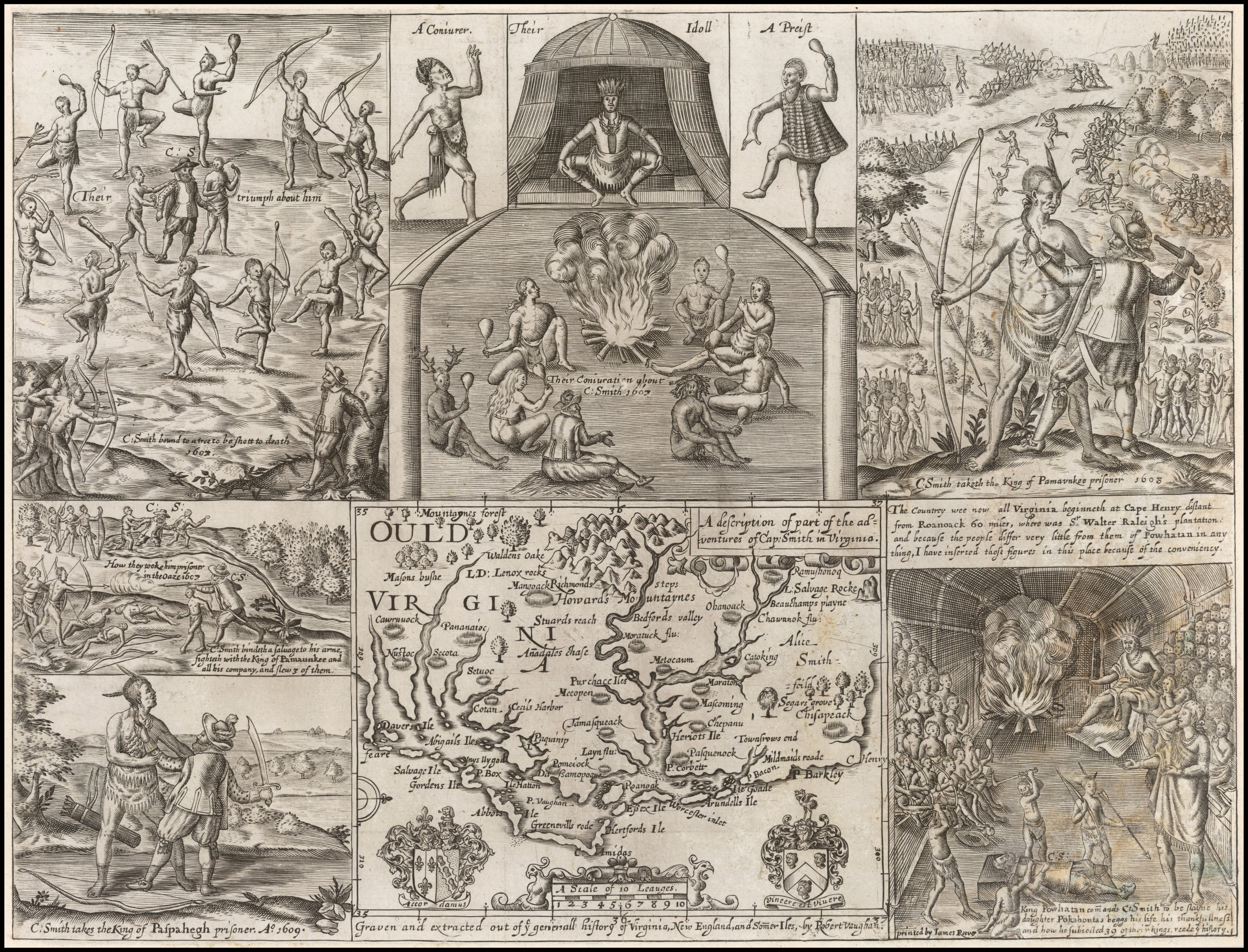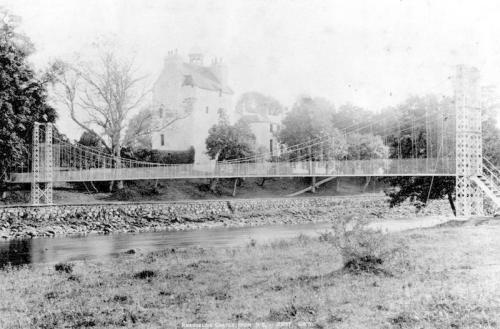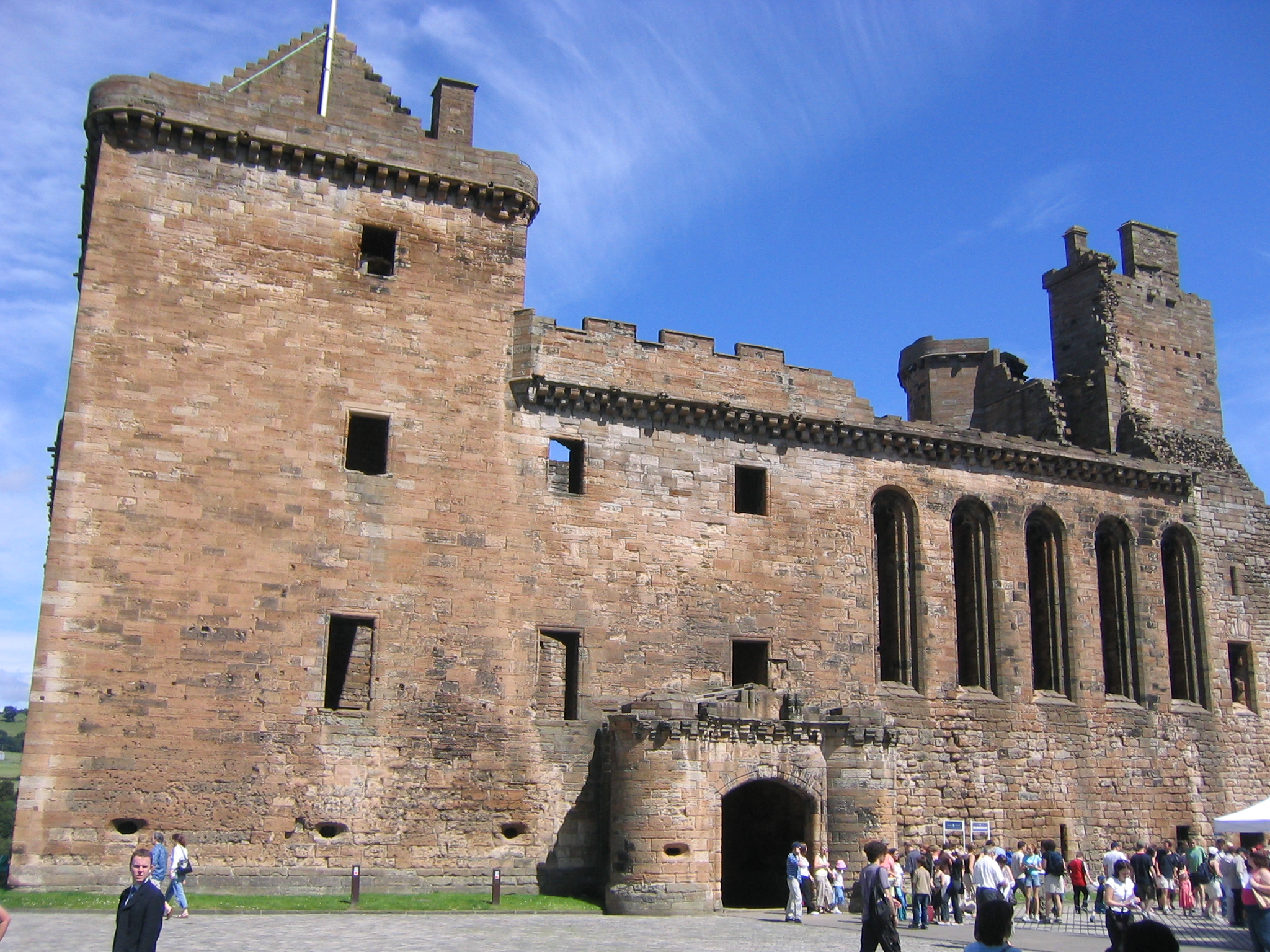|
Patrick Gray, 5th Lord Gray
Patrick Gray, 5th Lord Gray (d. 1608), was a Scottish landowner. He was a son of Patrick Gray, 4th Lord Gray and Marion Ogilvy. He became Lord High Sheriff of Forfar. However he was unable to join in public life. In 1596 his son Patrick, Master of Gray, wrote that his father had been summoned to the court at Linlithgow Palace but everyone known of his "inhabilitie". On Monday 3 May 1598 the brother of Anne of Denmark, the Duke of Holstein, came to Gray's castle at Fowlis for dinner during his progress. Lord Gray was ordered by James VI of Scotland to meet him and escort him for six miles. Family Lord Gray married Barbara Ruthven, daughter of William Ruthven, 2nd Lord Ruthven. Their children included: * Patrick, Master of Gray and 6th Lord Gray * James Gray, who was gentleman of the bedchamber to king James VI. In 1591 James stole a horse belonging to James VI, and in 1593 assaulted and abducted Catherine Carnegie daughter of John Carnegie from the house of Robert Jousie in Edinb ... [...More Info...] [...Related Items...] OR: [Wikipedia] [Google] [Baidu] |
Patrick Gray, 4th Lord Gray
Patrick Gray, 4th Lord Gray (c. 1518 -1584) was a Scottish landowner and Sheriff of Angus, active during the war of the Rough Wooing as a supporter of the Scottish Reformation. Family Patrick Gray was the son of Egidia Mercer and Gilbert Gray of Buttergask (half-brother of Patrick Gray, 3rd Lord Gray), and the grandson of Andrew Gray, 2nd Lord Gray (d. 1514). Patrick became Lord Gray in April 1541, after the death of his uncle. In order to succeed to the Gray lands, as heir of his grandfather, he had to pay 10,000 marks to the Treasury of King James V of Scotland, and was confirmed Lord Gray on 14 September 1542. He was still paying James Hamilton, Regent Arran, in 1543. Patrick Gray firstly married Marion Ogilvy in 1537. Their son was Patrick Gray, 5th Lord Gray (1538–1608). They also had another son, James Gray, who was the second husband of Elizabeth Bethune, a mistress of King James V of Scotland. Their daughter Elizabeth Gray married Laurence Bruce of Cultmalindie, ... [...More Info...] [...Related Items...] OR: [Wikipedia] [Google] [Baidu] |
David Seton Of Parbroath
David Seton of Parbroath (died 1601) was a Scottish courtier and administrator. Family background He was the son of Gilbert Seton of Parbroath and Helen Leslie, Lady Newbattle, Helen Leslie, a daughter of the George Leslie, 4th Earl of Rothes, Earl of Rothes. Gilbert Seton was killed during the battle of Pinkie in 1547, making him successor to his grandfather Andrew Seton of Parbroath (died 1563). His home was Parbroath Castle in Creich, Fife. His surname was sometimes written "Seyton" or Seytoun". In 1566, David Seton made a contract to marry Nicolas Wardlaw, Lady Bonnyton, Nicholas Wardlaw, a gentlewoman in the household of Mary, Queen of Scots, in 1566, but instead she married Patrick Wood of Bonnyton. Career in royal finance In March 1588 he was made keeper of the East and West Lomond Hills of Fife, Scotland, Fife, hills near Falkland Palace. He was Comptroller of Scotland, in charge of a branch of royal finance and expenses of the household from November 1588 to 1597. On ... [...More Info...] [...Related Items...] OR: [Wikipedia] [Google] [Baidu] |
Nobility From Angus, Scotland
Nobility is a social class found in many societies that have an aristocracy (class), aristocracy. It is normally appointed by and ranked immediately below Royal family, royalty. Nobility has often been an Estates of the realm, estate of the realm with many exclusive functions and characteristics. The characteristics associated with nobility may constitute substantial advantages over or relative to non-nobles or simply formal functions (e.g., Order of precedence, precedence), and vary by country and by era. Membership in the nobility, including rights and responsibilities, is typically Hereditary title, hereditary and Patrilinearity, patrilineal. Membership in the nobility has historically been granted by a monarch or government, and acquisition of sufficient power, wealth, ownerships, or royal favour has occasionally enabled commoners to ascend into the nobility. There are often a variety of ranks within the noble class. Legal recognition of nobility has been much more common i ... [...More Info...] [...Related Items...] OR: [Wikipedia] [Google] [Baidu] |
1608 Deaths
Events January–March *January 2 – The first of the Jamestown supply missions returns to the Colony of Virginia with Christopher Newport commanding the ''John and Francis'' and the ''Phoenix'' bringing about 100 new settlers to supplement the 38 survivors he finds at Jamestown. *January 7 – At Jamestown, Virginia, fire destroys "all the houses in the fort"; the fort is repaired in March. *January 11 – John Smith (explorer), John Smith is released by Powhatan after 15 days of captivity, and arrives back at Jamestown, Virginia, Jamestown the next day. Upon his return, instead of being welcomed, he is charged with negligence for the deaths of the two men with him at the time of his capture, Jehu Robinson and Thomas Emery, but later exonerated. *January 17 – Emperor Susenyos I of Ethiopia defeats an Oromo people, Oromo army at Ebenat; 12,000 Oromo are reportedly killed at a cost of 400 Amhara people, Amhara. *January 23 – Treaty of The Hague, a ... [...More Info...] [...Related Items...] OR: [Wikipedia] [Google] [Baidu] |
Lord Gray
Lord Gray is a title in the Peerage of Scotland. The Barony of Gray was created circa July 1445 for the Scottish diplomat and politician Sir Andrew Gray. The first Lord Gray was a hostage in England for the good conduct of James I of Scotland from 1424 to 1427, and was one of the knights who accompanied Lady Margaret Stewart to France for her marriage to Louis XI of France in 1436. He was also a Commissioner to England between 1449 and 1451, Master of the Household to James II of Scotland in 1452, and a Warden of the Marches in 1459. In June 1489 King James IV granted to Andrew, Lord Gray, the lands and Barony of Lundie.Registrum magni sigilli regum Scotorum - The Register of the Great Seal of Scotland, Entry II.1860. Sir Andrew Gray's descendant, the seventh Lord, was granted a new patent with remainder to William Gray, husband of his only daughter Anne, and his heirs male, and in failure thereof to William Gray's father Sir William Gray, and his heirs male whatsoever. He w ... [...More Info...] [...Related Items...] OR: [Wikipedia] [Google] [Baidu] |
Abergeldie Castle
Abergeldie Castle is a four-floor tower house in Crathie and Braemar parish, SW Aberdeenshire, Scotland. It stands at an altitude of , on the south bank of the River Dee, west of Ballater, and about east of the royal residence of Balmoral Castle. Behind it rises Creag nam Ban, a rounded granite hill about high, and across the river to its front is the cairn-crowned Geallaig Hill, rising to . It is protected as a category A listed building. The castle was the home of the Baron of Abergeldie. History The name derives from the Pictish language, and means the "Confluence of Geldie," a reference to its location near the confluence of River Geldie and River Dee. (Note: attempts have been made to derive the name from Scottish Gaelic, such as "inbhir-gile" shining confluence" but while aber and inbhir both mean "confluence" the former is derived from Pictish, a P-Celtic rythoniclanguage which once dominated in Britain, while the latter is derived from Gaelic, a Q-Celtic ... [...More Info...] [...Related Items...] OR: [Wikipedia] [Google] [Baidu] |
Tealing
Tealing (Scottish Gaelic: Tèalainn) is a village in Angus, Scotland, Angus in eastern Scotland, nestled at the foot of the Sidlaw Hills. It is just north of the city of Dundee and south of Forfar. With a population of just over 700 people living in 347 households scattered across of fertile farming land, it has several large working farms blended with comfortable family homes forming part of the Dundee and Angus, Scotland, Angus commuter belt. There is an old stone-built, but thriving little primary school with about 50 pupils at any one time and a further 10 youngsters attending the nursery school on the same site. Tealing's picturesque, slumbering, peaceful and idyllic setting belies its colourful past. Its history includes prehistoric settlement, ancient carvings, Picts, religious rebellion, World War intrigue, agricultural upheaval and community survival. There is evidence of an early Pictish settlement around 100 AD near a soutterain now known as the Tealing Earth-h ... [...More Info...] [...Related Items...] OR: [Wikipedia] [Google] [Baidu] |
Comptroller Of Scotland
The Comptroller of Scotland was a post in the pre-Union government of Scotland. The Treasurer and Comptroller had originated in 1425 when the Chamberlain's financial functions were transferred to them. From 1466 the Comptroller had sole responsibility for financing the royal household to which certain revenues (the property) were appropriated, with the Treasurer being responsible for the remaining revenue (the casualty) and other expenditure. Accounts were audited by and approved by the court of the exchequer. In the 1470s the court of the exchequer met at Falkland Palace yearly to finalise the accounts of the jointure lands of Mary of Guelders. By the 1530s the exchequer usually met in Edinburgh to audit and produce the accounts. Rooms were hired in the Blackfriars for the sessions. County sheriffs and other officials brought their reckonings to the exchequer. The accounts of the comptrollers were mostly in written in Latin, and were published as the '' Exchequer Rolls of Scotla ... [...More Info...] [...Related Items...] OR: [Wikipedia] [Google] [Baidu] |
Parbroath Castle
Parbroath Castle is a ruined castle which was the former seat of Clan Seton near Parbroath farm, Creich, Fife, Scotland. Only a portion of a vault standing in a field still exists. The building was designated a Category C listed building in 1984. In March 1512 James IV of Scotland James IV (17 March 1473 – 9 September 1513) was List of Scottish monarchs, King of Scotland from 11 June 1488 until his death at the Battle of Flodden in 1513. He inherited the throne at the age of fifteen on the death of his father, James I ... granted Parbroath to John Seton and Alexander Seton of Parbroath and his daughter Jonet. The lands had been held by the crown for the previous fifty years. David Seton of Parbroath was comptroller of Scotland, comptroller of the Scottish exchequer for James VI of Scotland, James VI and Dunfermline Palace, Chamberlain of Dunfermline for Anne of Denmark in 1590. Etymology The name ''Parbroath'' was first recorded in 1315 as ''Partebrothoc'', and may be ... [...More Info...] [...Related Items...] OR: [Wikipedia] [Google] [Baidu] |
William Keith Of Delny
Sir William Keith of Delny (died 1599) was a Scottish courtier and Master of the Royal Wardrobe. He also served as ambassador for James VI to various countries. He was an important intermediary between George Keith, 5th Earl Marischal and the king, the king and courtiers, and the king and foreign governments. Career William Keith was a son of Andrew Keith, laird of Ravenscraig, Aberdeenshire, and distantly related to the Earls Marischal. In 1579, he was made a valet in the household of James VI of Scotland. In May 1583 he accompanied Colonel William Stewart and John Colville on an embassy to London to seek English support for the government of William Ruthven, 1st Earl of Gowrie. On 1 June he was attacked and insulted by Marmaduke Hedworth, Robert Banks, and others outside Durham on the way back. Hedworth declared Keith was a "Scottish villain" and he replied "I am a gentleman." Delny had sufficient influence to request that a namesake tailor, William Keith, be made a burgess ... [...More Info...] [...Related Items...] OR: [Wikipedia] [Google] [Baidu] |
Linlithgow Palace
The ruins of Linlithgow Palace are located in the town of Linlithgow, West Lothian, Scotland, west of Edinburgh. The palace was one of the principal residences of the monarchs of Kingdom of Scotland, Scotland in the 15th and 16th centuries. Although maintained after Scotland's monarchs left for England in 1603, the palace was little used, and was burned out in 1746. It is now a visitor attraction in the care of Historic Environment Scotland. Origins A royal manor existed on the site from the 12th century. This was later enclosed by a timber palisade and outer fosse to create a fortification known as 'the Peel', built in 1301/2 by occupying English forces under Edward I of England, Edward I. The site of the manor made it an ideal military base for securing the supply routes between Edinburgh Castle and Stirling Castle. The English fort was begun in March 1302 under the supervision of two priests, Richard de Wynepol and Henry de Graundeston, to the designs of Master ... [...More Info...] [...Related Items...] OR: [Wikipedia] [Google] [Baidu] |
Robert Jousie
Robert Jousie (or Joussie or Jowsie or Jossie; died 1626) was a Scottish textile merchant, financier, and courtier. He was involved in the collection and administration of the English subsidy of James VI. Jousie supplied fabrics used at the baptism of Prince Henry (1594), and for the clothes of Prince Henry and Princess Elizabeth. Life Jousie was a cloth merchant based in Edinburgh with a house on the High Street or Royal Mile. His father James Jousie was also a textile merchant who supplied fabrics to tailors, and was paid £26-4s-7d Scots by the royal treasurer in December 1578. James Jousie died on 28 December 1578. Robert Jousie became an exclusive supplier of fabrics to James VI of Scotland and Anne of Denmark. His accounts for fabrics supplied to the king and queen survive in the National Archives of Scotland, and have been quoted by historians including Hugo Arnot, who noted that James VI bought ostrich feathers and beaver hats. The record includes masque costumes for ... [...More Info...] [...Related Items...] OR: [Wikipedia] [Google] [Baidu] |



